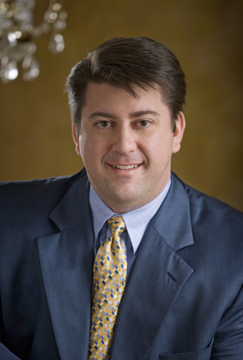Four spine surgeons patient volume growth and where it will come from in the future.
Ask Spine Surgeons is a weekly series of questions posed to spine surgeons around the country about clinical, business and policy issues affecting spine care. We invite all spine surgeon and specialist responses. Next week's question: What are the most satisfying aspects of being a spine surgeon?
Please send responses to Anuja Vaidya at avaidya@beckershealthcare.com by Wednesday, May 28, at 5 p.m. CST.
Question: Where do you see your biggest patient volume growth coming from in the future?

Hooman M. Melamed, MD, Orthopedic Spine Surgeon, DISC Sports & Spine Center, Marina del Rey, Calif.: I feel the best growth is from other patients. Nothing speaks more in volume than having your own patients refer their family members and friends to you. This is the ultimate complement.
 Brian R. Gantwerker, MD, Neurosurgeon, The Craniospinal Center of Los Angeles: As hospitals go into the health insurance business, we will see the hospitals holding onto the patients and controlling their flow more and more. The ultimate goal of the government in the application of the PPACA is the establishment of a single-payer system. Hospitals will work harder and harder to emulate the Kaiser Permanente model — insurer, hospital and provider in a closed loop. Therefore, the hospitals will hold all the cards.
Brian R. Gantwerker, MD, Neurosurgeon, The Craniospinal Center of Los Angeles: As hospitals go into the health insurance business, we will see the hospitals holding onto the patients and controlling their flow more and more. The ultimate goal of the government in the application of the PPACA is the establishment of a single-payer system. Hospitals will work harder and harder to emulate the Kaiser Permanente model — insurer, hospital and provider in a closed loop. Therefore, the hospitals will hold all the cards.

Richard A. Kube II, MD, CEO, Founder, Prairie Spine & Pain Institute, Peoria, Ill.: We continue to be committed to direct marketing efforts with patients. We see the patient as our customer, and with that in mind, we strive to create a product that has value. I believe that as insurers increasingly deny spine procedures that we have been performing for years with quality results, there will be a greater demand for cash-based services. We are preparing to have comprehensive services available so that we can control cost and have the ability to serve that population.
 Sheeraz Qureshi, MD, Chief, Spinal Trauma, Icahn School of Medicine at Mount Sinai, New York City: As the population continues to grow, live longer and be more active, there will be no shortage of patients who need spine care for degenerative conditions. The key will be for physicians to be able to provide less invasive options that are clinically efficacious. Patients will continue to rightfully seek care that addresses their pathology while allowing them to return to normal function and an active lifestyle in the most expeditious manner.
Sheeraz Qureshi, MD, Chief, Spinal Trauma, Icahn School of Medicine at Mount Sinai, New York City: As the population continues to grow, live longer and be more active, there will be no shortage of patients who need spine care for degenerative conditions. The key will be for physicians to be able to provide less invasive options that are clinically efficacious. Patients will continue to rightfully seek care that addresses their pathology while allowing them to return to normal function and an active lifestyle in the most expeditious manner.
More Articles on Spine:
Hospital for Special Surgery Names Dr. Todd Albert Surgeon-in-Chief
Costs for SI Joint Disruption, Sacroiliitis About $270M Over 5 Years
The Robotic Difference: How New Technology Could Impact Spine


